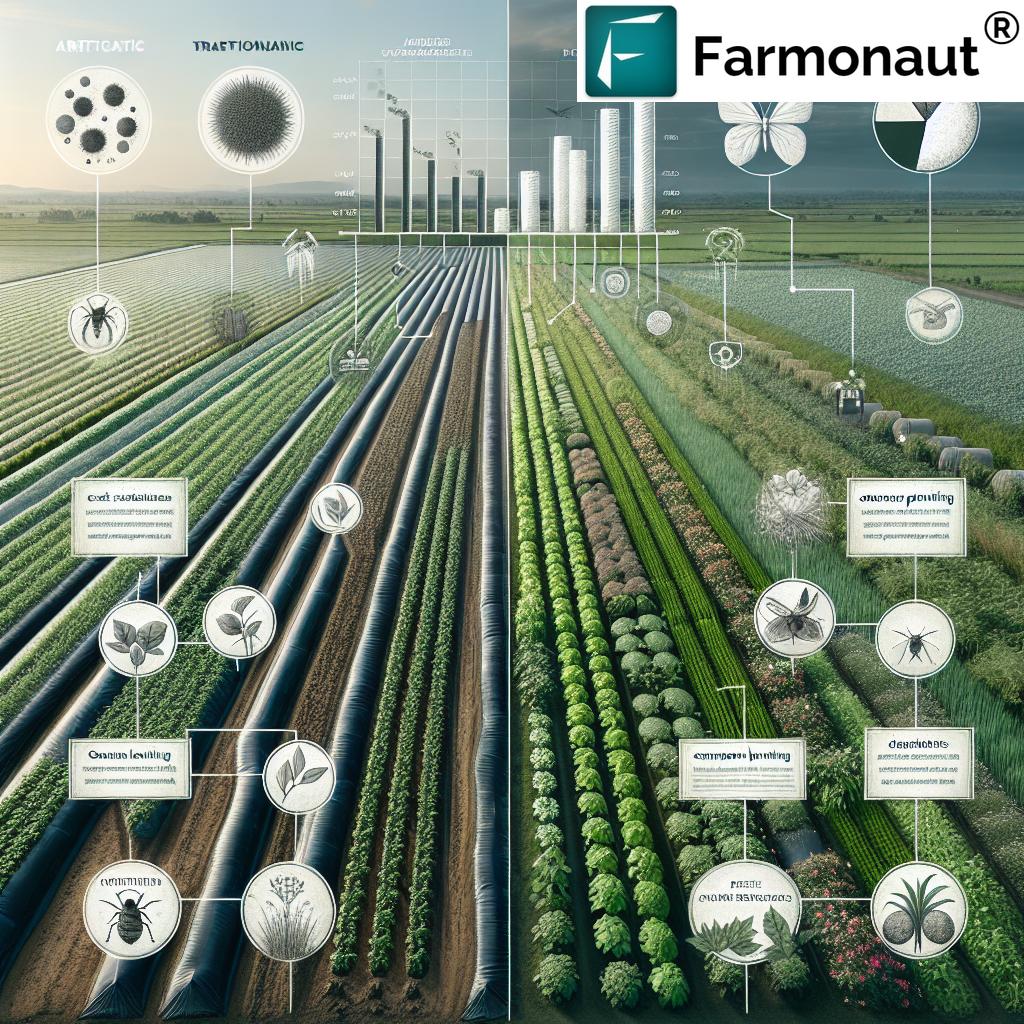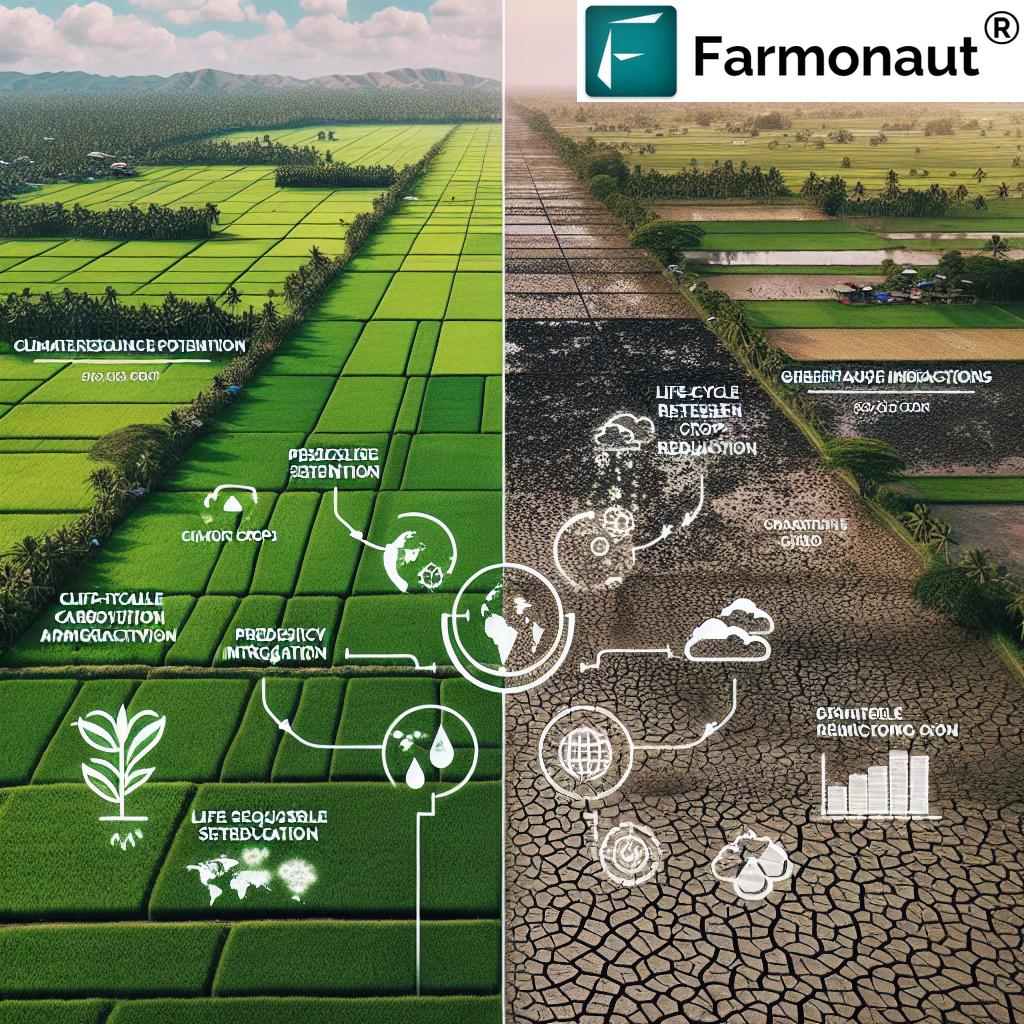Global Heavy Construction Equipment Market to Reach $286.51 Billion by 2030: Emerging Trends and Growth Opportunities
“The global heavy construction equipment market is projected to reach $286.51 billion by 2030, driven by mining and construction demands.”
In today’s rapidly evolving construction and mining industries, heavy equipment plays a pivotal role in shaping our infrastructure and resource extraction capabilities. As we look towards the future, the global heavy construction equipment market is poised for significant growth, with projections indicating a substantial increase in market value by the end of this decade. In this comprehensive analysis, we’ll delve into the key factors driving this growth, explore emerging trends, and uncover the exciting opportunities that lie ahead for industry stakeholders.
Market Overview and Growth Projections
The heavy construction equipment market is on an upward trajectory, with experts forecasting a remarkable expansion in the coming years. According to recent market research, the global heavy construction equipment market is expected to reach a staggering USD 286.51 billion by 2030, up from USD 224.49 billion in 2025. This growth represents a compound annual growth rate (CAGR) of 5.0% during the forecast period.
Several factors are contributing to this robust growth, including:
- Increasing demand in the mining and construction sectors
- Rising urbanization and infrastructure development projects
- Technological advancements in equipment design and functionality
- Growing focus on operational efficiency and productivity
- Expansion of renewable energy projects requiring specialized equipment
As we examine these trends more closely, it becomes clear that the heavy construction equipment market is not just growing in size, but also evolving in terms of technology, sustainability, and application diversity.
Key Market Segments and Their Growth Potential
To better understand the dynamics of the heavy construction equipment market, let’s break down the key segments and their respective growth potentials:
| Segment | Estimated Market Share (2023) | Projected Growth Rate (by 2030) | Dominant Propulsion Type | Primary Applications |
|---|---|---|---|---|
| Earthmoving Equipment | 40% | 5.5% | Diesel | Excavation, grading, material loading |
| Material Handling Equipment | 30% | 4.8% | Diesel/Electric | Lifting, transporting, sorting materials |
| Mining Equipment | 20% | 6.2% | Diesel | Mineral extraction, crushing, conveying |
| Others | 10% | 3.5% | Varied | Specialized construction tasks |
| Total Market | 100% | 5.0% | – | Projected Value: $286.51 billion by 2030 |
Earthmoving Equipment: The Market Leader
Earthmoving equipment continues to dominate the heavy construction equipment market, accounting for the largest share globally. This segment includes a wide range of machines such as excavators, loaders, and motor graders, which are essential for various high-end operations in construction and mining activities.
The popularity of earthmoving equipment can be attributed to its versatility and critical role in project execution. These machines are capable of performing a multitude of tasks, including:
- Excavation and material loading at mining sites
- Grading and leveling of construction sites
- Digging foundations for buildings and infrastructure
- Demolition and site preparation
Within the earthmoving equipment category, excavators and loaders stand out as particularly high-demand items. The market for these machines is driven by their efficiency in material handling and their adaptability to various job site conditions.
Material Handling Equipment: Efficiency in Motion
The material handling equipment segment holds the second-largest share in the global heavy construction equipment market. This category encompasses a range of machines designed to efficiently move, store, and control materials within a construction or industrial setting.
Key types of material handling equipment include:
- Cranes and hoists
- Forklifts and telehandlers
- Conveyors and sortation systems
- Automated guided vehicles (AGVs)
The growth in this segment is largely driven by the increasing need for efficient logistics and material flow in construction projects, warehouses, and manufacturing facilities. As industries focus on optimizing their supply chains and improving operational efficiency, the demand for advanced material handling solutions continues to rise.
Mining Equipment: Digging into Future Growth
The mining industry represents a significant driver of growth in the heavy construction equipment market. As global demand for minerals and rare earth metals continues to increase, mining companies are investing in advanced machinery to improve extraction efficiency and productivity.
Key types of mining equipment include:
- Drilling machines
- Crushing and screening equipment
- Underground mining machinery
- Surface mining equipment
The mining equipment segment is projected to experience the highest growth rate among all categories, driven by factors such as:
- Increasing demand for precious metals and rare earth elements
- Technological advancements in mining techniques
- Growing focus on safety and automation in mining operations
- Expansion of mining activities in emerging markets
Propulsion Types: The Power Behind the Machines
“Diesel propulsion dominates the heavy construction equipment sector, with 5-10L engine capacity leading in market share.”
When it comes to powering heavy construction equipment, diesel engines continue to reign supreme. The dominance of diesel propulsion can be attributed to several factors:
- High torque output, essential for moving heavy loads
- Fuel efficiency and energy density
- Reliability and durability in harsh working conditions
- Well-established infrastructure for fuel supply and maintenance
Diesel engines, particularly those in the 5-10L capacity range, offer an optimal balance of power and efficiency for a wide range of heavy construction equipment. This engine size is commonly found in:
- Mid-sized excavators
- Wheel loaders
- Bulldozers
- Articulated dump trucks
However, it’s important to note that the industry is not standing still. There is a growing trend towards alternative propulsion technologies, driven by environmental concerns and regulatory pressures.
The Rise of Electric and Hybrid Solutions
While diesel remains the dominant propulsion type, the heavy construction equipment market is witnessing a gradual shift towards electric and hybrid solutions, particularly in compact machinery. This trend is driven by several factors:
- Increasing focus on reducing carbon emissions
- Stricter environmental regulations in urban areas
- Advancements in battery technology and electric powertrains
- Growing demand for quieter and cleaner equipment in sensitive work environments
Companies like AB Volvo (Sweden) and Hitachi Construction Machinery Co., Ltd. (Japan) are at the forefront of this transition, offering cable-connected electric construction equipment and developing hybrid-electric technologies for larger machines.
As battery technology continues to improve and charging infrastructure expands, we can expect to see a greater adoption of electric and hybrid propulsion systems in the heavy construction equipment market.
Regional Dynamics: Asia Pacific Leads the Way
The global heavy construction equipment market exhibits distinct regional dynamics, with Asia Pacific emerging as the largest and fastest-growing market. Several factors contribute to the region’s dominance:
- Rapid urbanization and infrastructure development in countries like China and India
- Increasing investments in construction and mining activities
- Growing adoption of advanced technologies in construction practices
- Government initiatives to boost economic growth through infrastructure projects
Other significant regions in the global heavy construction equipment market include:
- North America: Driven by infrastructure renewal projects and technological innovation
- Europe: Focus on sustainable construction practices and stringent emission regulations
- Middle East and Africa: Growth in construction activities and expansion of mining operations
- Latin America: Increasing investments in infrastructure and resource extraction
Emerging Trends Shaping the Future of Heavy Construction Equipment
As we look towards 2030, several key trends are emerging that will shape the future of the heavy construction equipment market:
1. Electrification and Hybrid Technologies
The shift towards electric and hybrid propulsion systems is gaining momentum, particularly in compact machinery. This trend is driven by environmental concerns, regulatory pressures, and advancements in battery technology. As electric vehicles become more prevalent in the construction industry, we can expect to see:
- Increased development of battery-powered excavators, loaders, and other compact equipment
- Integration of hybrid technologies in larger machines to improve fuel efficiency and reduce emissions
- Expansion of charging infrastructure at construction sites and equipment depots
2. Automation and Artificial Intelligence
The integration of automation and AI technologies is transforming the heavy construction equipment landscape. These advancements offer numerous benefits, including:
- Improved safety through collision avoidance systems and autonomous operation in hazardous environments
- Enhanced productivity with precision control and optimized machine performance
- Reduced labor costs and increased operational efficiency
- Real-time data analysis for predictive maintenance and fleet management
3. Telematics and IoT Integration
The Internet of Things (IoT) and telematics solutions are becoming increasingly prevalent in heavy construction equipment. These technologies enable:
- Real-time monitoring of equipment performance and location
- Predictive maintenance to reduce downtime and optimize machine lifespan
- Improved fleet management and resource allocation
- Enhanced data-driven decision-making for project planning and execution
4. Sustainable Manufacturing and Circular Economy Principles
As environmental concerns take center stage, manufacturers are increasingly focusing on sustainable practices and circular economy principles in the production of heavy construction equipment. This includes:
- Use of recycled materials in equipment manufacturing
- Design for disassembly and recyclability at end-of-life
- Implementation of energy-efficient manufacturing processes
- Development of remanufacturing and refurbishment programs for used equipment
5. Modular and Multi-Purpose Equipment Design
To meet the diverse needs of construction and mining projects, manufacturers are developing more modular and multi-purpose equipment designs. This trend offers several advantages:
- Increased versatility and adaptability to different job site requirements
- Reduced need for multiple specialized machines, lowering overall equipment costs
- Improved transportation and logistics efficiency
- Enhanced equipment utilization rates and return on investment
Opportunities for Growth and Innovation
The projected growth of the heavy construction equipment market to $286.51 billion by 2030 presents numerous opportunities for industry stakeholders. Some key areas for growth and innovation include:
1. Development of Smart, Connected Equipment
As the construction industry embraces digitalization, there is a growing demand for smart, connected equipment that can seamlessly integrate with project management systems and IoT platforms. This presents opportunities for:
- Equipment manufacturers to develop advanced telematics solutions
- Software companies to create integrated fleet management and project planning tools
- Sensor and data analytics firms to provide real-time performance monitoring solutions
2. Expansion of Rental and Leasing Services
The trend towards equipment rental and leasing is expected to continue, driven by factors such as:
- Increasing project complexity and specialized equipment needs
- Capital constraints for small and medium-sized construction firms
- Growing focus on operational flexibility and cost optimization
This trend creates opportunities for equipment rental companies to expand their fleets and develop innovative service models.
3. Aftermarket Services and Lifecycle Management
As equipment becomes more sophisticated, there is a growing need for specialized aftermarket services and lifecycle management solutions. Opportunities in this area include:
- Development of predictive maintenance programs using AI and machine learning
- Creation of digital twins for equipment performance optimization
- Expansion of remanufacturing and refurbishment services
- Implementation of blockchain-based traceability solutions for equipment and parts
4. Training and Skill Development
The increasing complexity of heavy construction equipment creates a need for specialized training and skill development programs. This presents opportunities for:
- Equipment manufacturers to offer comprehensive training solutions
- Virtual and augmented reality companies to develop immersive training experiences
- Educational institutions to create specialized programs in equipment operation and maintenance
5. Sustainable Equipment Solutions
As the construction industry focuses on reducing its environmental impact, there is a growing demand for sustainable equipment solutions. Opportunities in this area include:
- Development of zero-emission heavy equipment
- Creation of energy-efficient hydraulic systems and powertrains
- Implementation of circular economy principles in equipment design and manufacturing
- Integration of renewable energy sources in equipment operation and charging
Challenges and Considerations
While the heavy construction equipment market presents significant growth opportunities, there are also challenges that industry stakeholders must address:
1. Regulatory Compliance
Stringent emissions regulations and safety standards pose challenges for equipment manufacturers. Compliance with these regulations requires ongoing investment in research and development to create cleaner, safer machines.
2. Skilled Labor Shortage
The construction industry faces a persistent shortage of skilled operators and technicians. As equipment becomes more technologically advanced, this skills gap may widen, necessitating innovative training solutions and automation technologies.
3. Supply Chain Disruptions
Recent global events have highlighted the vulnerability of supply chains. Manufacturers must develop resilient supply chain strategies to mitigate risks and ensure consistent production and delivery of equipment.
4. Cybersecurity Concerns
As heavy construction equipment becomes more connected and reliant on digital technologies, cybersecurity risks increase. Protecting equipment and associated data from cyber threats will be crucial for maintaining operational integrity and customer trust.
5. Balancing Innovation with Cost-Effectiveness
While technological advancements offer numerous benefits, they also increase the complexity and cost of equipment. Manufacturers must strike a balance between innovation and cost-effectiveness to ensure their products remain accessible to a wide range of customers.
Conclusion: A Bright Future for Heavy Construction Equipment
The global heavy construction equipment market is poised for significant growth, with projections indicating a market value of $286.51 billion by 2030. This growth is driven by increasing demand in the mining and construction sectors, technological advancements, and a focus on operational efficiency and sustainability.
Key trends shaping the future of the industry include:
- Electrification and hybrid technologies
- Automation and artificial intelligence integration
- Telematics and IoT solutions
- Sustainable manufacturing practices
- Modular and multi-purpose equipment design
As the industry evolves, numerous opportunities for growth and innovation emerge, particularly in areas such as smart, connected equipment, aftermarket services, and sustainable solutions. However, stakeholders must also address challenges related to regulatory compliance, skilled labor shortages, and cybersecurity concerns.
By embracing technological advancements, focusing on sustainability, and adapting to changing market demands, the heavy construction equipment industry is well-positioned to meet the infrastructure and resource extraction needs of a growing global population. As we move towards 2030, the sector will continue to play a crucial role in shaping our built environment and driving economic growth worldwide.
FAQ Section
Q1: What is driving the growth of the heavy construction equipment market?
A1: The market growth is primarily driven by increasing demand in the mining and construction sectors, rising urbanization, infrastructure development projects, technological advancements, and a growing focus on operational efficiency and productivity.
Q2: Which segment of heavy construction equipment holds the largest market share?
A2: Earthmoving equipment, including excavators and loaders, currently dominates the market due to its versatility and critical role in various construction and mining operations.
Q3: What are the emerging trends in heavy construction equipment propulsion?
A3: While diesel engines remain dominant, there is a growing trend towards electric and hybrid propulsion systems, particularly in compact machinery, driven by environmental concerns and regulatory pressures.
Q4: How is technology impacting the heavy construction equipment industry?
A4: Technology is transforming the industry through automation, artificial intelligence, telematics, and IoT integration. These advancements are improving safety, productivity, and operational efficiency while enabling predictive maintenance and data-driven decision-making.
Q5: What are the main challenges facing the heavy construction equipment market?
A5: Key challenges include regulatory compliance, skilled labor shortages, supply chain disruptions, cybersecurity concerns, and balancing innovation with cost-effectiveness.
Earn With Farmonaut: Affiliate Program
Earn 20% recurring commission with Farmonaut’s affiliate program by sharing your promo code and helping farmers save 10%. Onboard 10 Elite farmers monthly to earn a minimum of $148,000 annually—start now and grow your income!


















